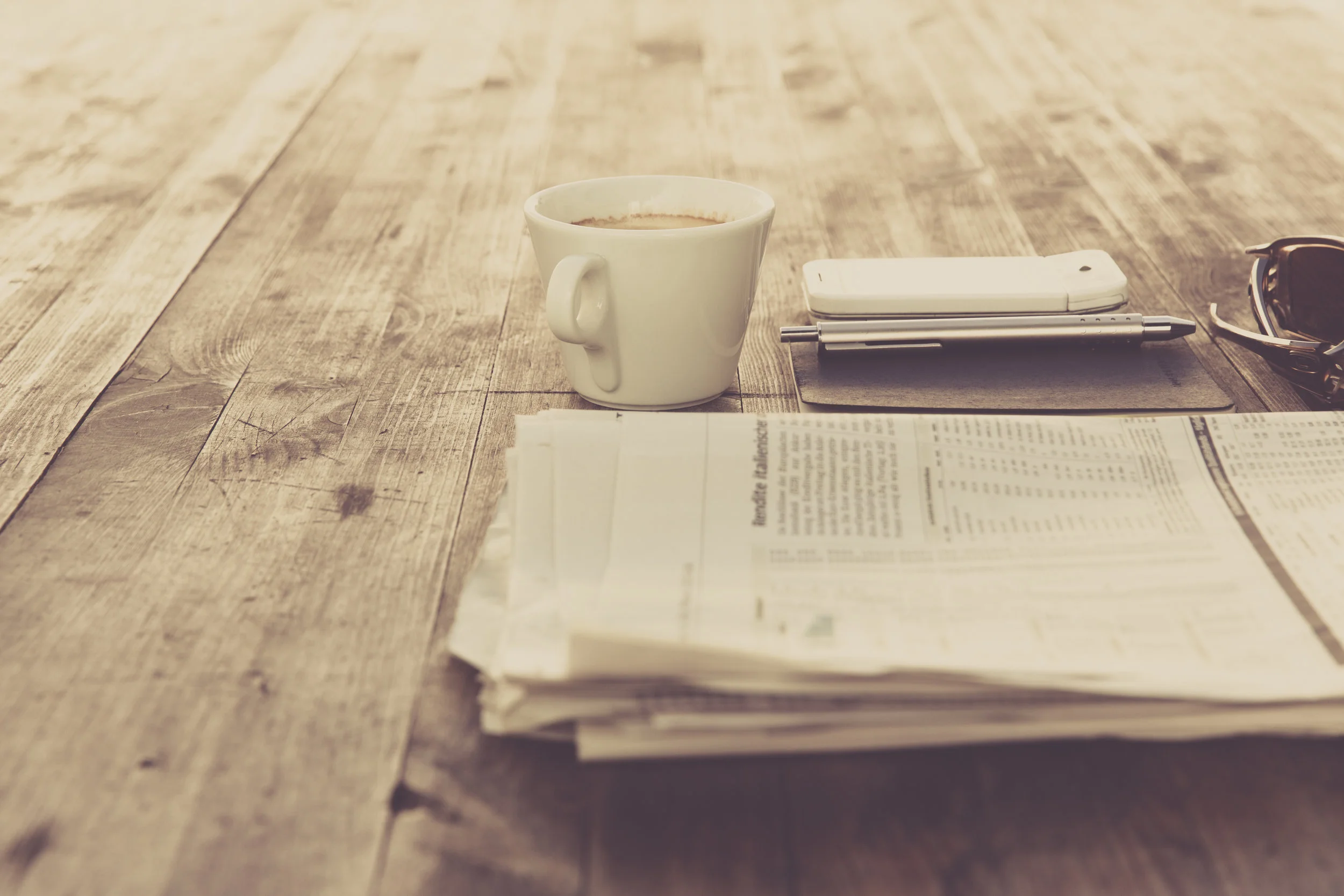Manuscript on the role of physical interaction in pattern formation
/Schematic of the two ingredients of our model
In our latest manuscript, we show that Physical interactions promote Turing patterns. We looked at reaction-diffusion systems where components interact physically. To our surprise, even weak interactions help create Turing patterns, thus widening the parameter range where patterns appear.
Models of Turing patterns typically neglect physical interactions, even though they often appeal to co-operativity, which requires interactions, to motivate required non-linearities in reactions. Our model resolves this inconsistency, potentially providing a better description of experimental systems. We also find that strong physical interactions lead to phase separation. In this case, reactions control the size of the resulting phases. Our model thus nicely interpolates between traditional Turing patterns and active droplets that we have studied before.
This work, spear-headed by Lucas Menou and Chengjie Luo, is the first step in understanding how physical interactions affect pattern formation. In the future, we will broaden this research line to hopefully arrive at a more holistic picture for how interacting constitutents self-organize.


